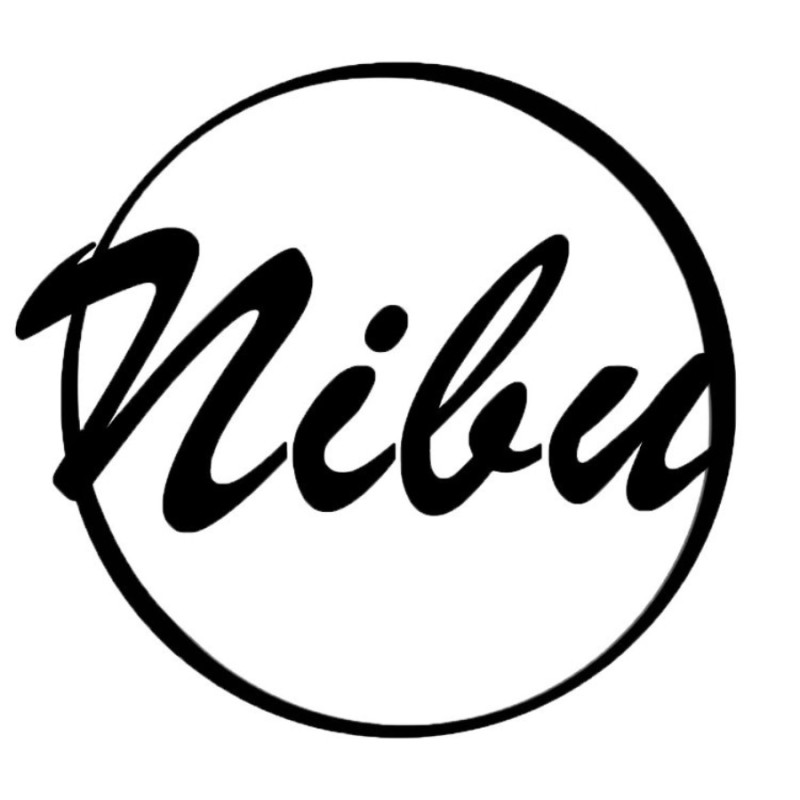Mastering Dart: A Comprehensive Guide on Abstract classes
 Nibu B John
Nibu B John
Abstraction
Definition: The process of hiding certain details and showing only essential information to the user.
In programming, abstraction means hiding the complex details and showing only the essential features of an object. It's like using a smartphone to make a call without knowing the intricate technology behind it. Abstraction helps us simplify things and manage complexity by focusing on what we need to know at a particular moment, without getting bogged down in unnecessary details.
It's about understanding the big picture without getting lost in the nitty-gritty details.
Dart, a versatile and modern programming language, provides developers with the ability to harness abstraction through abstract classes.
Abstract Classes
An Abstract class in Dart is defined as those classes which contain one or more than one abstract method (methods without implementation) in them.
Here are some key points to remember about abstract classes:
Abstract classes are templates defining a common structure for subclasses.
Unlike regular classes, abstract classes can't be directly instantiated.
They often include abstract methods, requiring subclasses to implement them.
These methods outline common behaviors for subclasses to specify.
Abstract classes enable high-level common functionality while allowing customization in subclasses.
Syntax
abstract class class_name {
// Body of the abstract class
}
In Dart, abstract classes use the
abstractkeyword before class.Abstract methods lack a body and end with a semicolon.
Subclasses of abstract classes must implement all their abstract methods to be concrete.
Practical Examples
Let's see abstract classes in action with the help of an example -
abstract class Dish {
// Abstract methods
void prepare();
void cook();
void serve();
}
Observe that abstract methods lack a body and await definition by their subclasses.
class Pizza extends Dish {
@override
void prepare() {
print('Preparing pizza toppings...');
}
@override
void cook() {
print('Baking pizza in the oven...');
}
@override
void serve() {
print('Serving hot and delicious pizza!');
}
}
class Salad extends Dish {
@override
void prepare() {
print('Chopping fresh vegetables for salad...');
}
@override
void cook() {
// Salad doesn't need cooking
print('No cooking required for salad!');
}
@override
void serve() {
print('Serving crisp and refreshing salad!');
}
}
The Pizza and Salad classes define the abstract methods of the Dish class by providing their respective implementations
void main() {
// Create instances of Pizza and Salad
var pizza = Pizza();
var salad = Salad();
// Prepare, cook, and serve each dish
print('Preparing and serving Pizza:');
pizza.prepare();
pizza.cook();
pizza.serve();
print('\nPreparing and serving Salad:');
salad.prepare();
salad.cook();
salad.serve();
}
This code would produce the following output:
Preparing and serving Pizza:
Preparing pizza toppings...
Baking pizza in the oven...
Serving hot and delicious pizza!
Preparing and serving Salad:
Chopping fresh vegetables for salad...
No cooking required for salad!
Serving crisp and refreshing salad!
What occurs if someone fails to define abstract methods during inheritance?
This is the error they might encounter.
Missing concrete implementation of '<abstract_class_name>.<abstract_method>'.
Try implementing the missing method, or make the class abstract.
Conclusion
Abstract classes in Dart are like blueprints for creating different types of objects. They provide a flexible way to define common behaviors that multiple classes can share. By using abstract classes, developers can organize their code more efficiently and avoid repeating the same code in multiple places.
Moreover, abstract classes allow for customization and specialization. Each subclass can implement its own unique behavior while still adhering to the common interface defined by the abstract class. This promotes code reuse and makes it easier to maintain and update the codebase over time.
In summary, abstract classes are a powerful tool in Dart programming, enabling developers to create more modular, scalable, and maintainable code. By leveraging abstract classes, you can unlock new possibilities and elevate your software development skills to new heights. So, don't hesitate to explore abstract classes further in your Dart projects and see how they can enhance your coding experience! Happy coding!
Further Reading: A Comprehensive Guide to Classes
Mastering Dart: A Comprehensive Guide to Classes
To dive deeper into the world of classes, don't forget to visit my blog on Classes. It's packed with easy-to-understand explanations, fun examples, and practical tips to help you master this fundamental concept in Dart programming. Let's continue our learning journey together!
Subscribe to my newsletter
Read articles from Nibu B John directly inside your inbox. Subscribe to the newsletter, and don't miss out.
Written by

Nibu B John
Nibu B John
Full Stack Web and App Developer proficient in Selenium automation and Telegram bots.